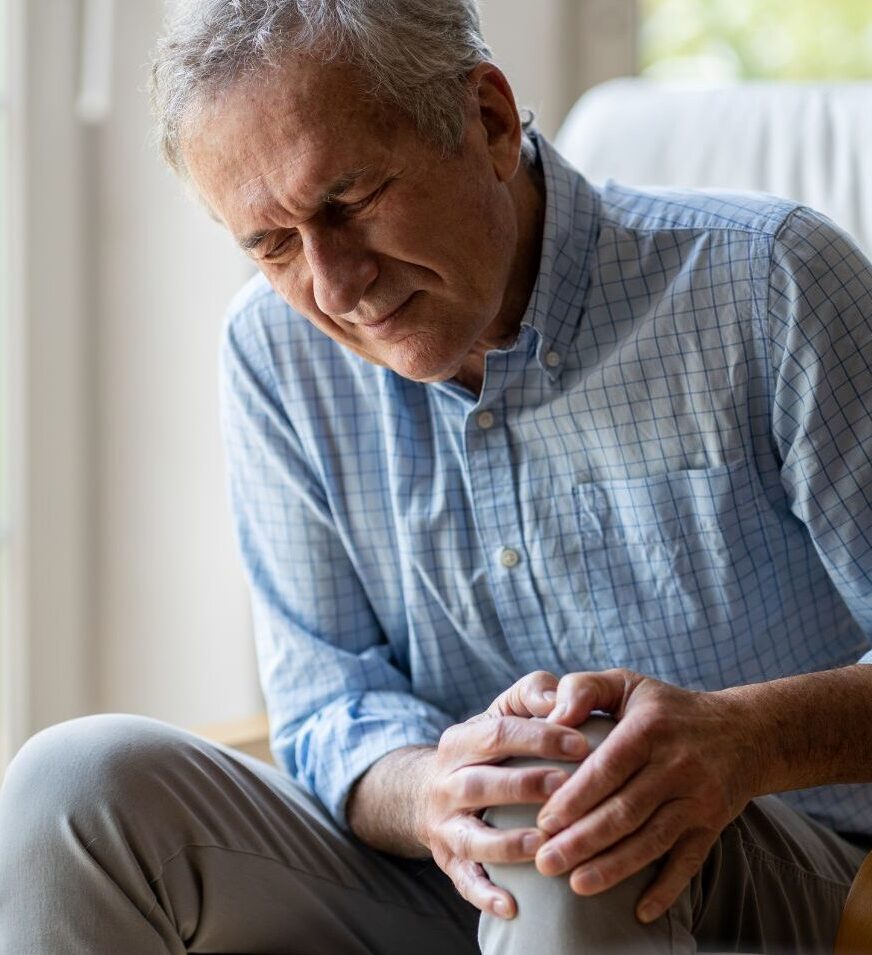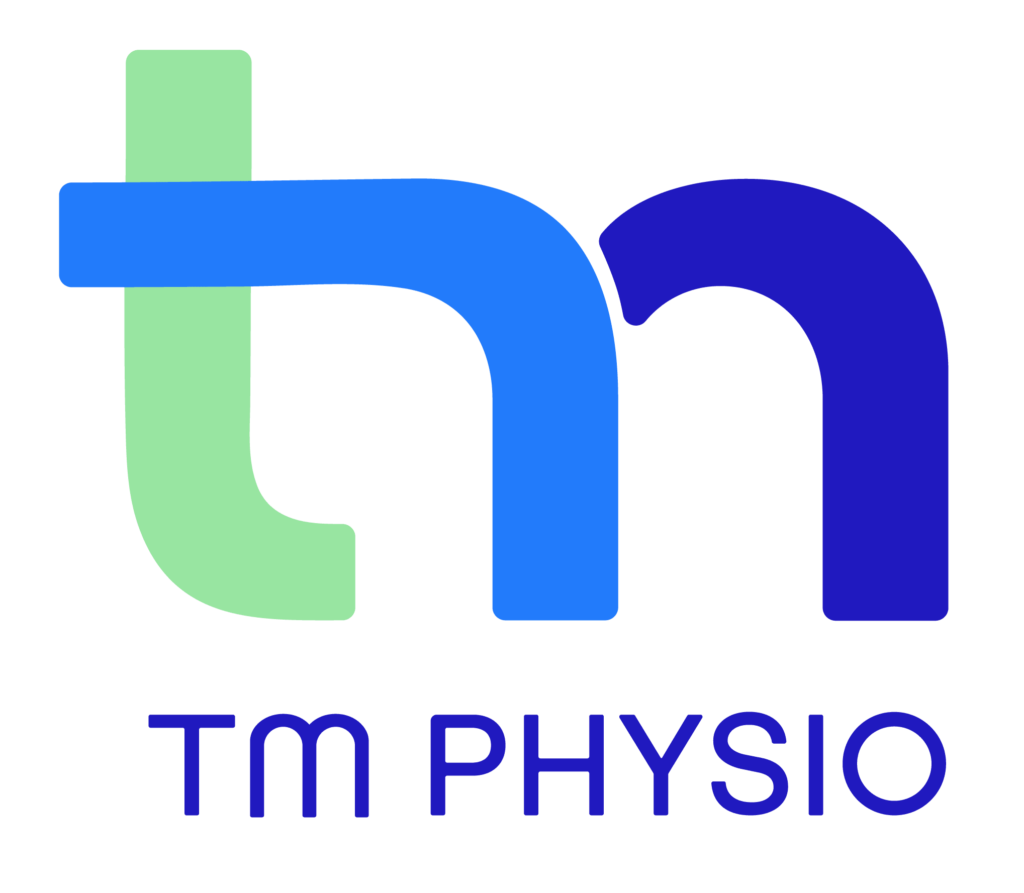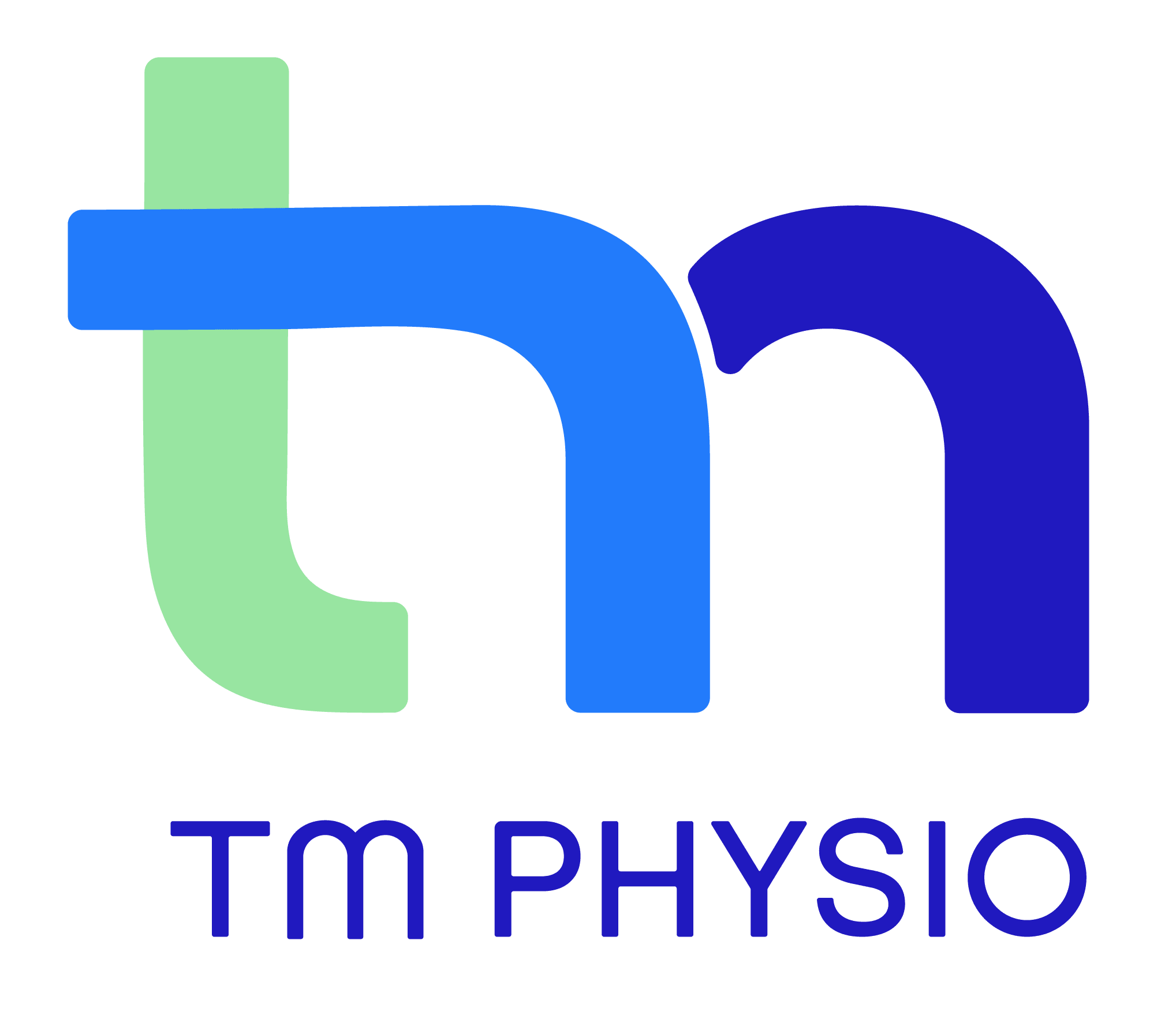Knee Joint
Knee Joint
The knee contains two joints, the true knee joint with its associated ligaments, menisci and the joint between the kneecap and thigh bone.
The main muscle groups that influence the knee directly are the hamstrings at the back, and the quadriceps at the front. The knee is mechanically influenced by foot structure, hip alignment and strength around the pelvis.

Knees are commonly injured in sporting activities, where strain is placed on the support structures (ligaments) or the “shock absorbers” (menisci), or where the muscles are overstretched or directly “corked” (bruised). The knee bones are also prone to fractures where significant forces are involved. Other injuries occur as a result of poor mechanics or poor muscle recruitment.
In the older patient, osteoarthritis can cause pain, swelling and reduced function. Well designed clinical trials have shown that a physiotherapy designed exercise program can reduce the need for knee joint replacements.
Physiotherapists are qualified to assess and treat acute and chronic knee problems. They also work with Sports Medicine and Orthopaedic specialists, to prepare for and rehabilitate conditions that require surgery.
Some of the techniques that may be used by a physiotherapist in treatment include
- Advise on the use of walking aids
- Taping
- Electrotherapy
- Muscle stretches
- Progressive strengthening exercise routines
- Orthotics
- Advice on gym based exercises / graduated return to sport or other aerobic activity
- Joint mobilisation
- GLA:D (Good Life with Arthritis: Denmark)


